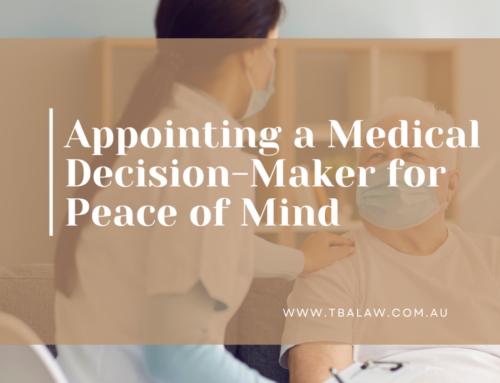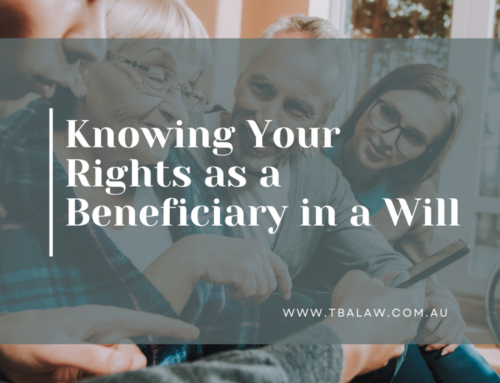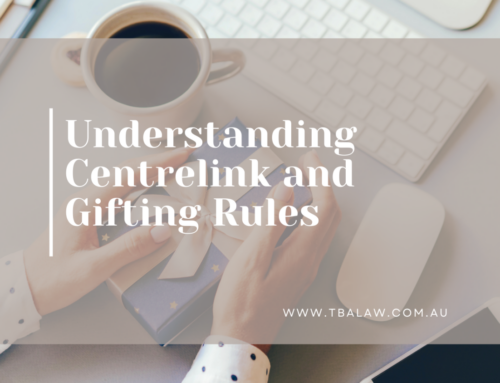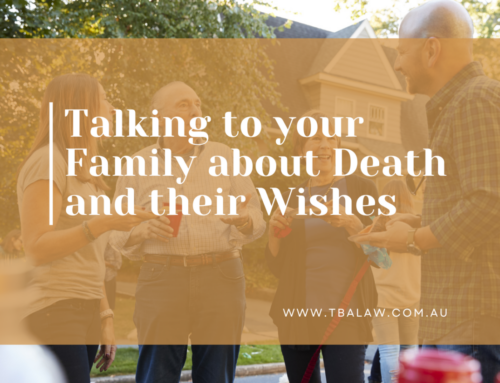7 Things to Know About Voluntary Assisted Dying
Victoria was the first state in Australia to introduce a form of voluntary assisted dying, and the legislation begins in 2019. Voluntary assisted dying means having a substance administered after making a conscious choice that the otherwise dying person wants to be in control of when they die.

So what are the things you should know about voluntary assisted dying?
-
It’s not available for children
Parents cannot access the voluntary assisted dying for their children under 18 years old. So the fatal substance will not be available for children – only people over the age of 18.2
2. It’s only available to Australian citizens
Because this legislation might be attractive to foreign citizens who want to come to Australia to access it, the only people able to access the voluntary assisted dying process are Australian citizens, people with permanent residence, or people who have lived in Victoria for at least 12 months.
3. The person needs to make the decision themselves
I always reassure my clients, when they are appointing someone to make medical treatment decisions for them once they lose capacity, that the person they appoint can never make a decision to end their life early. The voluntary assisted dying process will only be available to people who still have their full mental capacities – to make the decisions themselves, full informed.
4. There must be a terminal illness
To be eligible, the person access the process must have an illness or condition that has resulted in a prognosis that they will likely die within 6 months. There are exceptions to this criteria, but this is your starting point.
5. The suffering must be unbearable
There is a subjective test in the criteria which is why the person needs to be counselled – they must be experiencing a level of suffering (like pain) that they cannot be relieved from in any other way that is tolerable.
6. There are tight timeframes and strict requirements
There are steps that need to be met, and the timeframe that this decision can be made in is quite short. All parties need to be sure. The first request needs to be made by the sick person to their medical practitioner. The medical practitioner needs to let the person know within 7 days if they are willing to participate in the process. If they are, then there’s a medical assessment to conduct, and a written declaration needs to be made by the sick person if they do want to proceed. Then the sick person needs to make a final request. Once all the steps are met, the medical practitioner needs to apply for a permit for the lethal substance.
7. Medical people cannot suggest it
One strange requirement, which I don’t know how it is going to work in practice, is that the voluntary assisted dying process cannot be brought up or recommended in any way by the medical staff for a dying person. They need to do their own research, so it cannot be said that the idea was planted in their head, I presume.
This is obviously a very abbreviated version of what is contained in the legislation, so I would encourage anyone wanting to know more to read the legislation themselves and get more detailed advice.





Leave A Comment